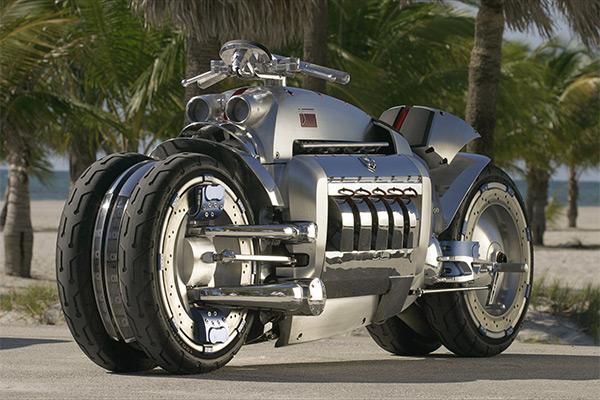If you've been paying any attention to the VFX community lately they've been complaining about how their companies go out of business and how Ang Lee said something to the effect of: "I wish visual effects were cheaper."
 |
| Also, why can't science-fiction motorcycles look this cool? And why can't I have one? |
I wish they were cheaper too.
So my question is, how
do we make VFX cheaper? 3D VFX involves a whole bunch of rather specialized skills: modelling, rigging, animating, texturing, lighting, and compositing. There's also stuff like rotoscoping which is (to me) stupendously boring but is usually best done in the 2D world. In any case, here's a couple things I wish I had in order to make VFX cheaper:
- Make 3D scenes self - light by being able to do the following: set a silver ball (like a Christmas tree ornament) in the middle of the scene. Take a picture of it. Then your favorite open-source 3D animation software automatically lights in order to match the lighting that falls on your silver ball. You can do this in Blender using "environment HDR lighting" but it's not quite as quick and dirty as I'd like.
- Use some sort of cheap 3D-cameras to make autocad references of actual 3D objects and architectural elements (with shading and texturing) in the field.
The fact we don't have this technology is actually something that's driven me nuts since I was a pre-teen.
I used to go out into the field with my dad and measure stairs and stuff "as built" so that the handrails that my dad made would actually fit the stairs which had been made. (You couldn't go off the architect's drawings because in the field things would get altered slightly by the ironworkers and carpenters and whomever in order to actually be able to build the darn thing. The drawings one made from measuring in the field were labeled "as built" to distinguish them from the architect's drawings which were, from an engineering prospective, fantasy artwork and not anything you could actually work with.)
I ever so wanted to just be able to set up some sort of laser-guided multicamera that would automatically measure the size and shape of staircases and walls and ceilings and stuff all that data into a computer. (Actually, one technology change is that they do use lasers now in order to get true level measurements. They're also less troublesome than a plumb-bob.)
As far as I know this technology does not exist although I'm sure we're somewhat close to having it exist.
[UPDATE: my father tells me that some sort of device like what I describe does in fact exist and that it costs about $10,000.00. I'm sure it won't also photograph and import the texture of the architectural elements like I want it to. I have no idea what the thingy is. I'll find out.]
Being able to do just these two things automatically would be a huge time-saver in post. One of those things is practical now although no software I know of does it
automatically without some fiddling; and the other one will be fantastically expensive if someone made the technology but in 10 years every Radio Shack will have a kit that'll do it for $59.99.
The things that will
not get cheaper is the modelling. You want a unique robot? You're gonna need to get a good artist. That artist will have to have put a lot of time into making their robot skills awesome and, you know, you're going to either have to pay for that or use some sort of secret guilt-inducing power in order to get them to work cheaper for you. Making feature films is more glamorous than making, say, television commercials so artists
will be willing to do that cheaper than they would for a boring corporate client.
Rotoscoping
is becoming automated as we get more powerful computers. With a mirror ball you might solve some lighting and compositing issues.
But still, you're up-in-the-air with modelling, rigging, and animating.
On my particular planet I've been using Blender open-source models on our last couple movies. So that saves money except for animating. I'll tell ya how that goes...












